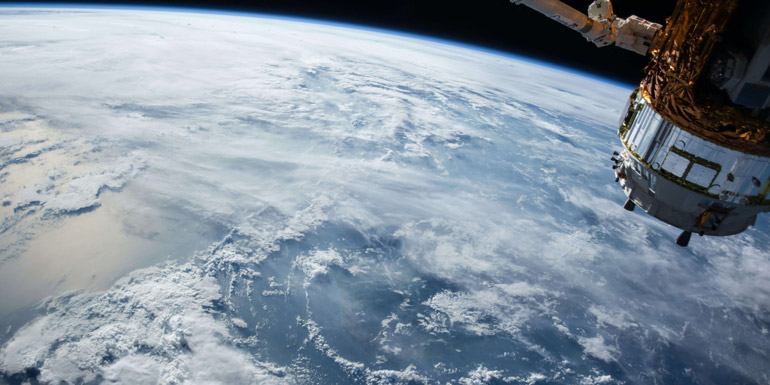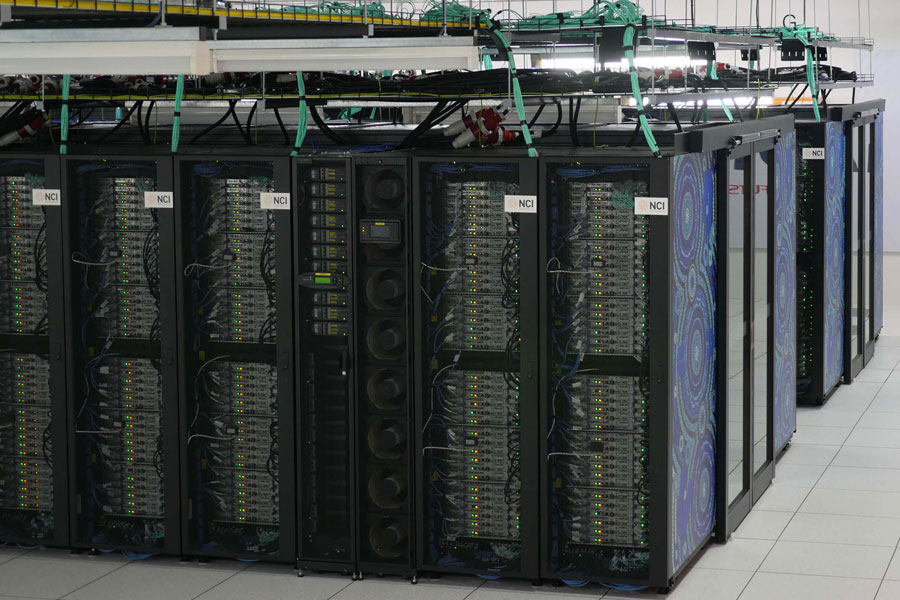Key points
- Climate change is the long-term change in climate patterns at the global and regional scale.
- Present day climate change is largely driven by increases in greenhouse gases in the atmosphere, which increases the greenhouse effect.
- Increases in the greenhouse effect result in the earth becoming warmer – sometimes called global warming.
- Current climate change is accelerated by human activities, such as burning fossil fuels, which produces greenhouse gases.
- There are many effects of climate change, including more intense extreme weather events, sea level rise and changing rainfall patterns.
What is climate change?
The term climate change refers to how the Earth’s climate changes over time. These changes can be caused by long-term natural processes (such as changes in the Earth’s orbit) but people often use the term ‘climate change’ to refer to how our climate is being affected by human activities.
The main change we are facing today is increasing average temperatures (which is also referred to as global warming) but there are also other changes including rainfall patterns and some extreme weather events.
What causes climate change?
The largest driver of present day climate change is the emission of greenhouse gases.
Greenhouses gases contribute to the greenhouse effect. The greenhouse effect is when our atmosphere acts like the glass in a garden greenhouse, letting light through and stopping heat from escaping. Without this process, Earth would have an average temperature of about –18°C and wouldn’t be able to support life.
The greenhouse effect is important and necessary, but it is intensifying quickly. Since the Industrial Revolution in about 1750, humans have been rapidly producing more greenhouse gases through activities like burning coal and oil. This increase in greenhouse gases is increasing the greenhouse effect, causing more heat to be retained.
Global emission of greenhouse gases continues to increase. Most of these emissions come from the energy sector (mostly burning coal for electricity and transport), followed by agriculture, land use change and industrial processes. This will continue to contribute to the greenhouse effect and climate change.
See Causes of climate change for more information about greenhouse gases and how they contribute to climate change.
What are the impacts of climate change?
Our warming climate has many impacts on people, environments and industries. Some of these impacts include:
- sea level rise
- greater bushfire danger
- more heatwaves and other extreme events
- impacts on the economy
- changing rainfall patterns, and more floods and droughts.
See Impacts of climate change for more information about how climate affects us.
Related information
Climate influences on Australian weather - NSW Department of Primary Industries
Basics of climate change - The Royal Society
The basics of climate change - Climate Alliance
Climate change animations - Climate Change In Australia
The Climate dictionary - United Nations Development Program



